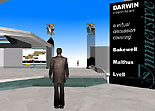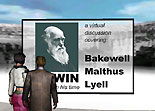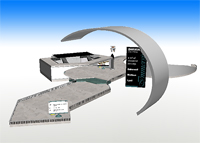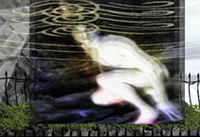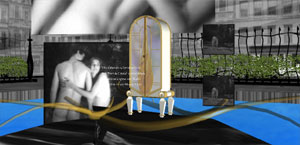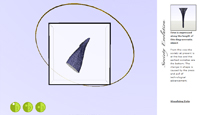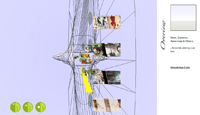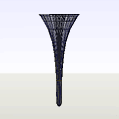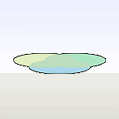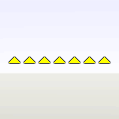"The Magic Classroom" (In Progress) The work is an extension of my prior efforts "Bespace" & "Avatar as Content Delivery Platform". For the past eight months I've been using it in my AIO Game Design courses. In those courses, student work was imported and critiqued in realtime. Students saw their packaging graphics placed on 3D models and displayed in virtual store. Others explored 3D lighting. (Video of these is forthcoming). Student response has been uniformly positive.
Conception, Coding, Video and Modeling: Steve Guynup
(3DS Max, VRMLpad, Photoshop, Illustrator, Dreamweaver, Final Cut Pro)
Multiuser Server Coding: Rick Kimball (ABNet)
- Video File (Introduction only - Work in Progress)
- Published Paper (Conceptual)
- Unpublished Paper (Basic & User Data)
